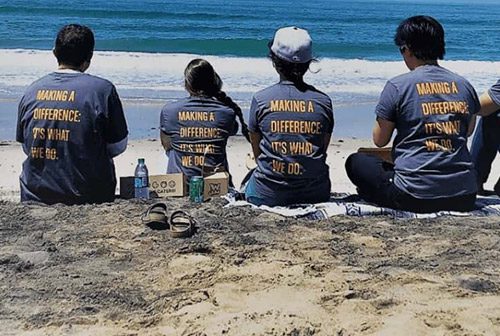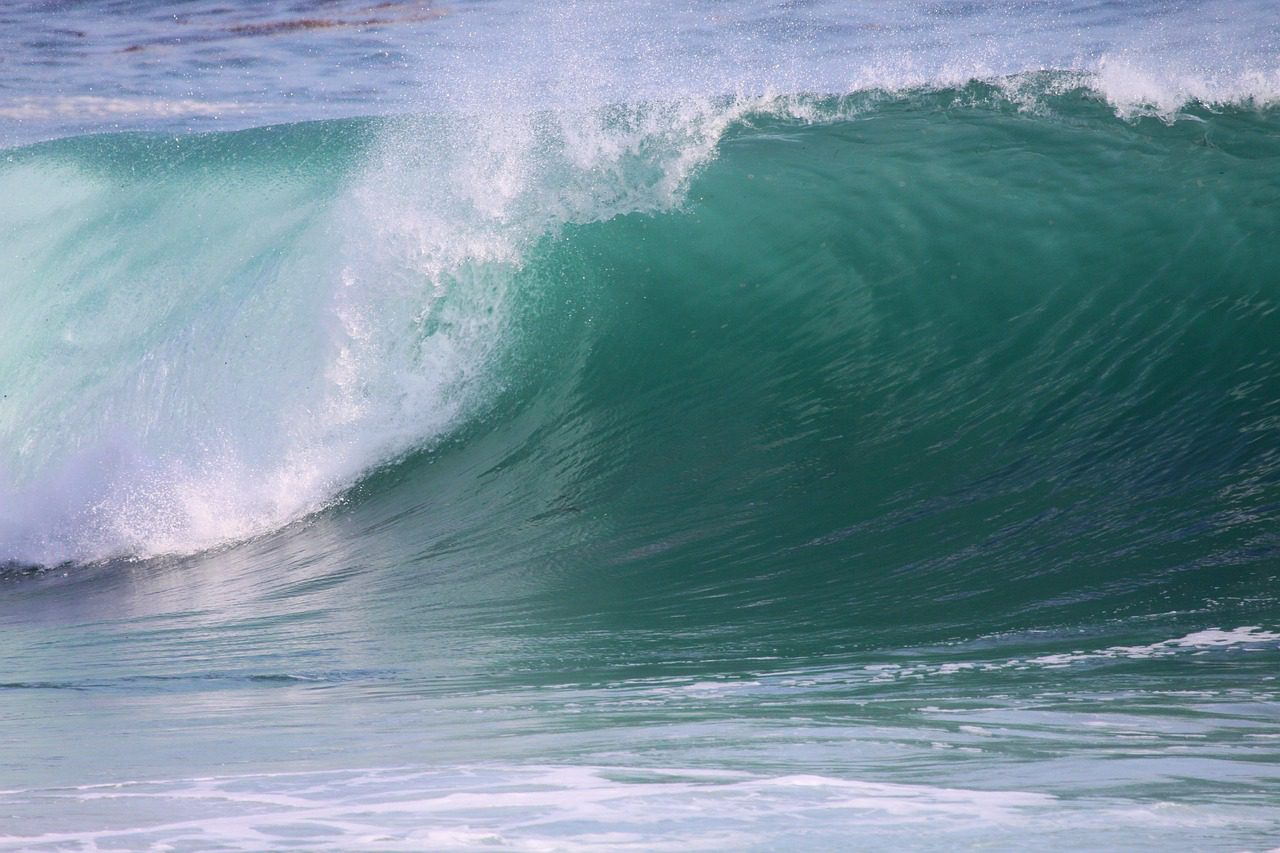The Campbell Shipyard used to be one of the most unfishable and unswimmable bodies of water in San Diego. From the 1880s to the 1920s, this part of the San Diego Bay served as a garbage dump, shipbuilding hub, petroleum-manufacturing center and gas-waste disposal site. These industries left massive amounts of harmful chemicals (PCBs, tributyltin, heavy metals and others) embedded in the bay’s sediment. Ever since, they have slowly leaked into the bay’s water and crippled local ecosystems. The contaminants have also worked their way up the marine food chain and now harm the health of seafood in the area.
According to the Campbell webpage on the Port’s website, in 1995 the Regional Water Quality Control Board ordered the Port of San Diego to solve the pollution problem. So the Port of San Diego, in partnership with San Diego Coastkeeper, San Diego Surfrider, members of the Bay Council and others developed a $15-million restoration plan. The project included an excavation of 15,000 cubic yards of polluted sediment from the bottom of the bay and the creation of a cap to isolate remaining contaminants from the rest of the bay’s water. The cap, built out of armored rock, concrete jacks, sand and a 1.6-acre eel grass habitat, is designed to restore biodiversity to the bay. The plan also included a 20-year monitoring period that began in 2008.


I’m proud to announce that water-quality tests indicate that the cap has been effective at keeping pollutants out of the bay. The eel grass habitat is now a thriving habitat for local sand bass, lobsters and other marine life and a protected nursery for young fish populations.
The Campbell Sediment Cap is a shining example of the great things we can accomplish when state and local municipalities, businesses, community members and organizations like San Diego Coastkeeper work together with the common goal of protecting and restoring swimmable, fishable, drinkable water. You can hear the details of the full story, starting from the 1800s to present day, at the Port of San Diego’s new Campbell Sediment Cap educational site.















